Home>Maintenance & Safety>Home Maintenance Checklists>What Happens When You Bury A Trash Can
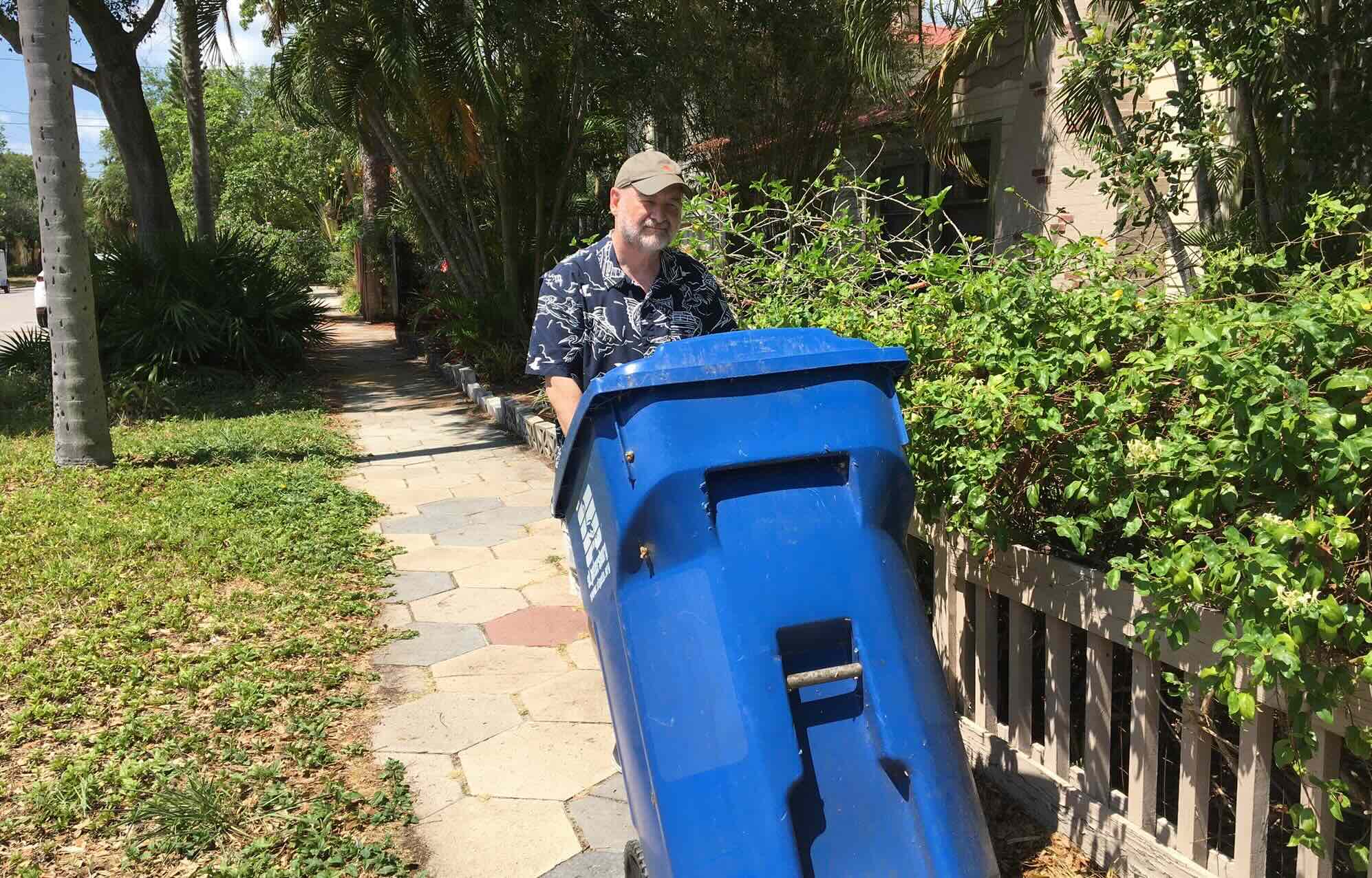

Home Maintenance Checklists
What Happens When You Bury A Trash Can
Published: January 17, 2024
Learn the proper way to bury a trash can and its impact on home maintenance checklists. Discover the do's and don'ts for effective waste management.
(Many of the links in this article redirect to a specific reviewed product. Your purchase of these products through affiliate links helps to generate commission for Storables.com, at no extra cost. Learn more)
Introduction
Have you ever wondered what happens when you bury a trash can? It's a common practice for many homeowners to bury their old metal or plastic trash cans in an attempt to dispose of them. However, this seemingly simple act can have significant environmental implications and long-term consequences. In this article, we will explore the environmental impact of burying trash, the process of decomposition, effects on soil and groundwater, as well as potential hazards and risks associated with this practice. By understanding the repercussions of burying trash cans, we can make more informed decisions about waste disposal and contribute to a healthier environment for future generations.
Key Takeaways:
- Burying a trash can can harm the environment by releasing harmful chemicals, contaminating soil and groundwater, and disrupting the natural balance of ecosystems. Responsible waste management is crucial for a healthier planet.
- Decomposing trash cans release methane and leachate, which can harm the environment and human health. Proper waste disposal methods, such as recycling and composting, are essential for a cleaner, healthier planet.
Read more: When Was The Trash Can Invented
The Environmental Impact of Burying Trash
When a trash can is buried, it may seem like a convenient way to get rid of an unwanted item. However, the environmental impact of this action can be far-reaching. Burying trash can lead to soil and groundwater contamination, posing serious risks to the surrounding ecosystem.
One of the primary concerns is the release of harmful chemicals and toxins from the decomposing materials within the trash can. As organic matter breaks down, it releases methane, a potent greenhouse gas that contributes to climate change. Additionally, the leachate, or liquid that filters through the decomposing waste, can contain a cocktail of pollutants, including heavy metals, pesticides, and other hazardous substances. These pollutants can seep into the soil and eventually contaminate groundwater, making it unfit for human consumption and harmful to local flora and fauna.
Furthermore, burying trash can disrupt the natural balance of the soil ecosystem. Microorganisms responsible for breaking down organic matter may struggle to cope with the sudden influx of waste, leading to imbalances in nutrient cycling and soil fertility. This disruption can have cascading effects on plant growth and overall soil health, impacting the entire local ecosystem.
By understanding the environmental impact of burying trash, we can recognize the importance of responsible waste management and seek out more sustainable disposal methods to minimize harm to the environment.
The Process of Decomposition
When a trash can is buried, the process of decomposition begins as soon as the organic matter within the waste comes into contact with soil and microorganisms. This natural process involves the breakdown of complex organic compounds into simpler substances, facilitated by a variety of organisms such as bacteria, fungi, and insects.
As organic materials decompose, they undergo several stages of transformation. Initially, aerobic bacteria thrive in the presence of oxygen, breaking down easily degradable components such as carbohydrates and proteins. This stage is characterized by the release of carbon dioxide and water as byproducts of the microbial activity.
Subsequently, anaerobic bacteria take over in the absence of oxygen, leading to the decomposition of more complex compounds like cellulose and lignin. This anaerobic process generates methane and hydrogen sulfide, both of which are potent greenhouse gases with detrimental effects on the environment.
Throughout the decomposition process, the waste material gradually diminishes in volume and mass as the organic components are broken down and transformed. However, the timeline for complete decomposition varies widely depending on the composition of the waste, environmental conditions, and the presence of oxygen and moisture.
Understanding the process of decomposition sheds light on the potential environmental consequences of burying trash. By recognizing the intricate mechanisms at play, we can appreciate the importance of responsible waste management and the need to minimize our impact on the environment.
When burying a trash can, make sure it is made of durable material like metal or heavy-duty plastic to prevent it from collapsing. Also, consider adding a layer of gravel at the bottom to improve drainage and prevent odors.
Effects on Soil and Groundwater
When a trash can is buried, the decomposition of its contents can have profound effects on the surrounding soil and groundwater. As organic matter breaks down, it releases a complex mixture of chemicals and compounds that can alter the composition and fertility of the soil.
The release of leachate, a liquid byproduct of decomposition, can introduce a potent cocktail of pollutants into the soil. These pollutants may include heavy metals, pesticides, and other hazardous substances that can persist in the environment for extended periods, posing risks to both human health and the ecosystem. The accumulation of these pollutants in the soil can disrupt natural processes and impede the growth and development of plants and other organisms.
Moreover, the infiltration of leachate into the soil can lead to contamination of groundwater, a vital source of drinking water for many communities. Once groundwater is contaminated, it becomes challenging and costly to remediate, potentially endangering human health and the integrity of the local ecosystem.
The alteration of soil composition and the contamination of groundwater can have far-reaching consequences for the environment. It can disrupt the delicate balance of local ecosystems, diminish soil fertility, and compromise the availability of clean water resources. These effects highlight the critical importance of responsible waste management and the need to consider the long-term impacts of our disposal practices on the environment.
Potential Hazards and Risks
Burying a trash can may seem like a simple and harmless act, but it poses potential hazards and risks to both the environment and human health. As the contents of the trash can decompose, they release a variety of chemicals and compounds that can have detrimental effects on the surrounding ecosystem.
One of the primary risks is the release of methane, a potent greenhouse gas that contributes to climate change. Methane is produced during the anaerobic decomposition of organic matter in the absence of oxygen. When released into the atmosphere, methane traps heat more effectively than carbon dioxide, exacerbating global warming and its associated impacts.
Additionally, the leachate produced during decomposition can contain a cocktail of pollutants, including heavy metals, pesticides, and other hazardous substances. These pollutants can contaminate the soil and groundwater, posing risks to local flora and fauna and potentially impacting human health if the contaminated groundwater is used for drinking or irrigation purposes.
Furthermore, burying trash cans can disrupt the natural balance of the soil ecosystem, leading to imbalances in nutrient cycling and soil fertility. This disruption can have cascading effects on plant growth and overall soil health, impacting the entire local ecosystem.
By understanding the potential hazards and risks associated with burying trash cans, we can recognize the importance of responsible waste management and seek out more sustainable disposal methods to minimize harm to the environment and human health.
Read more: What Happens When You Swallow A Seed
Conclusion
The act of burying a trash can may seem inconsequential at first glance, but it carries significant environmental implications and long-term consequences. The decomposition of the waste within the buried trash can can lead to soil and groundwater contamination, disrupting the delicate balance of local ecosystems and posing risks to human health. The release of methane, the production of leachate containing pollutants, and the disruption of soil fertility are just a few examples of the potential hazards associated with this practice.
By understanding the environmental impact of burying trash, we can recognize the importance of responsible waste management and the need to seek out more sustainable disposal methods. Implementing proper waste disposal practices, such as recycling, composting, and utilizing designated landfill facilities, can help mitigate the detrimental effects of burying trash cans on the environment. Additionally, raising awareness about the environmental consequences of improper waste disposal can encourage individuals and communities to make informed decisions and contribute to a healthier and more sustainable future.
Ultimately, the disposal of waste is a shared responsibility, and each of us plays a crucial role in preserving the environment for future generations. By prioritizing responsible waste management and making conscious choices about how we dispose of our trash, we can minimize the environmental impact of our actions and work towards creating a cleaner, healthier planet for all.
Frequently Asked Questions about What Happens When You Bury A Trash Can
Was this page helpful?
At Storables.com, we guarantee accurate and reliable information. Our content, validated by Expert Board Contributors, is crafted following stringent Editorial Policies. We're committed to providing you with well-researched, expert-backed insights for all your informational needs.
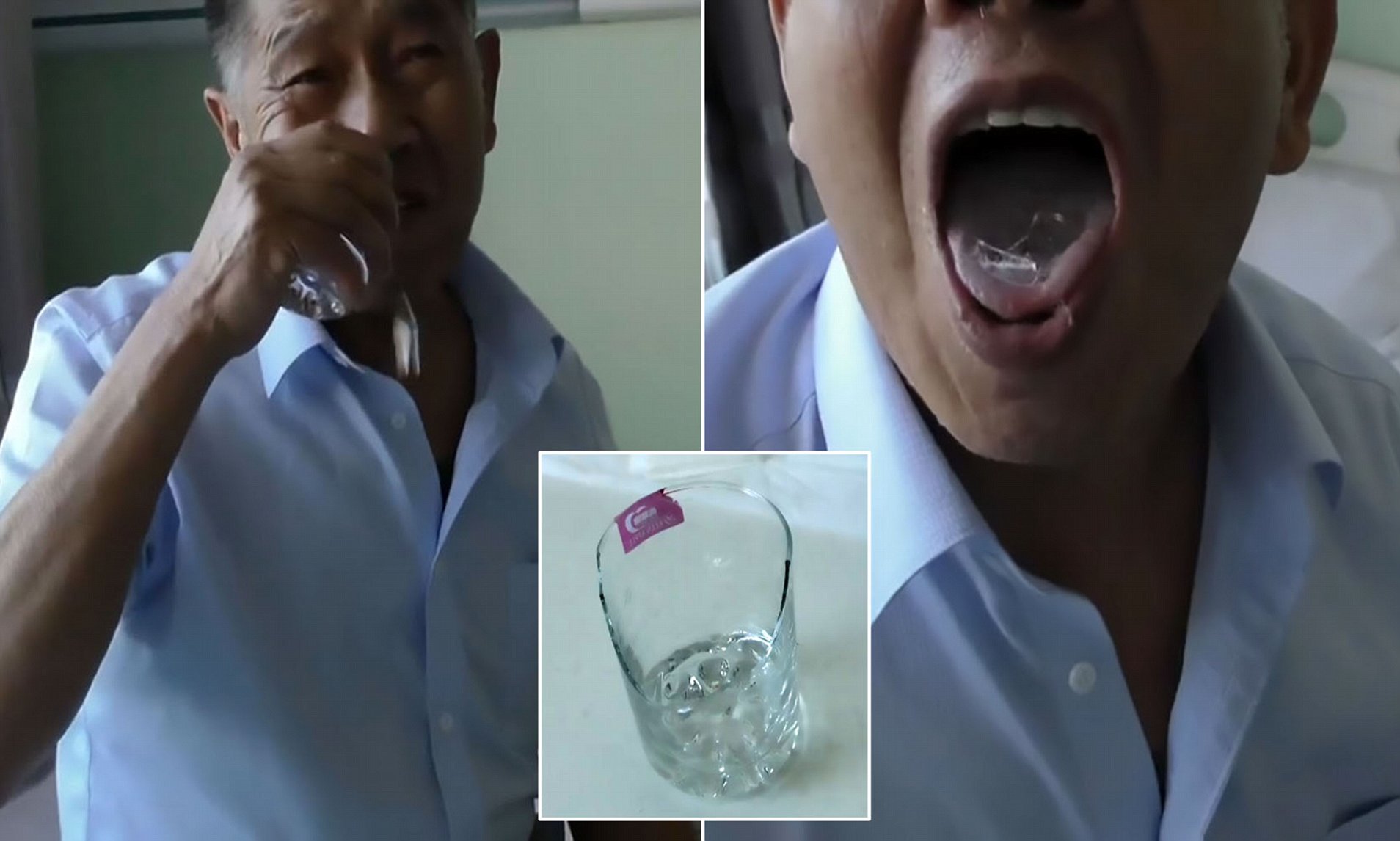
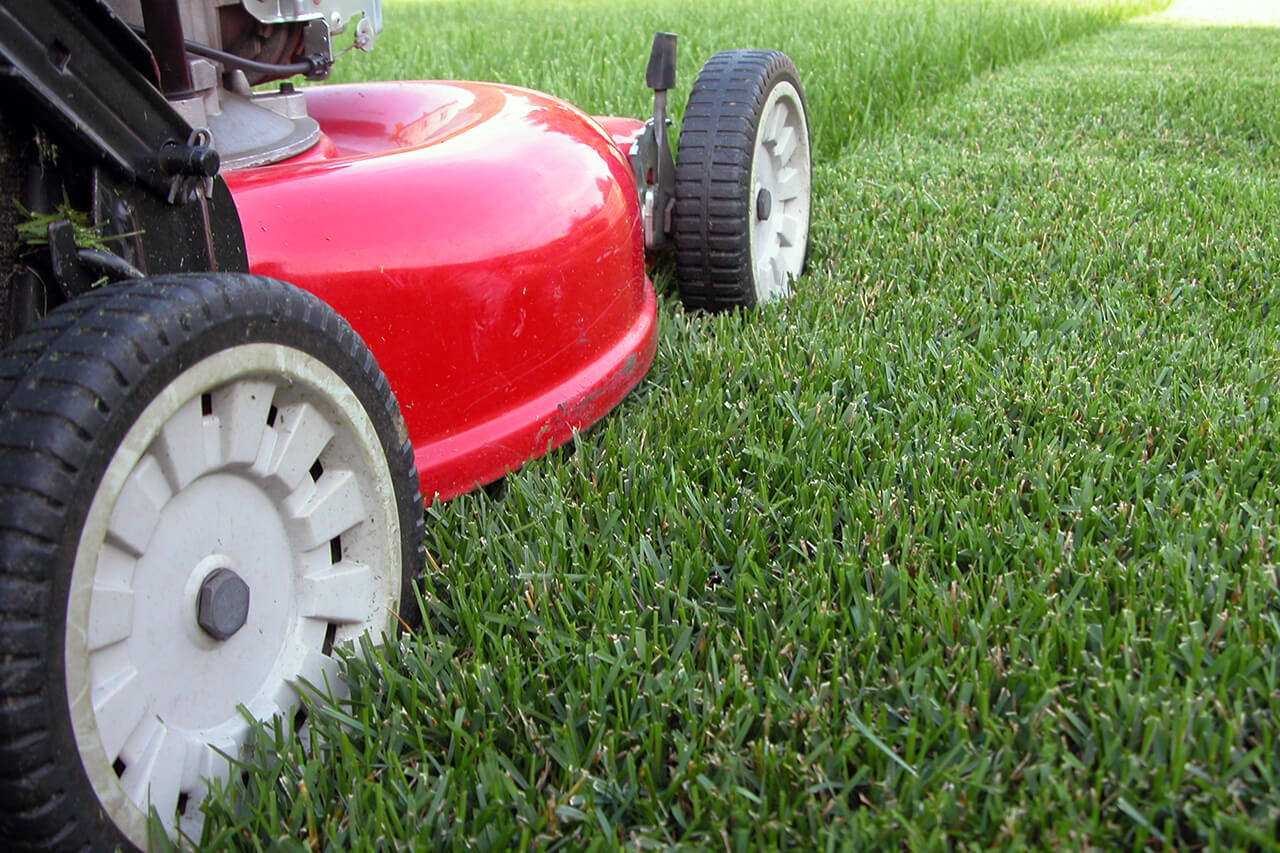

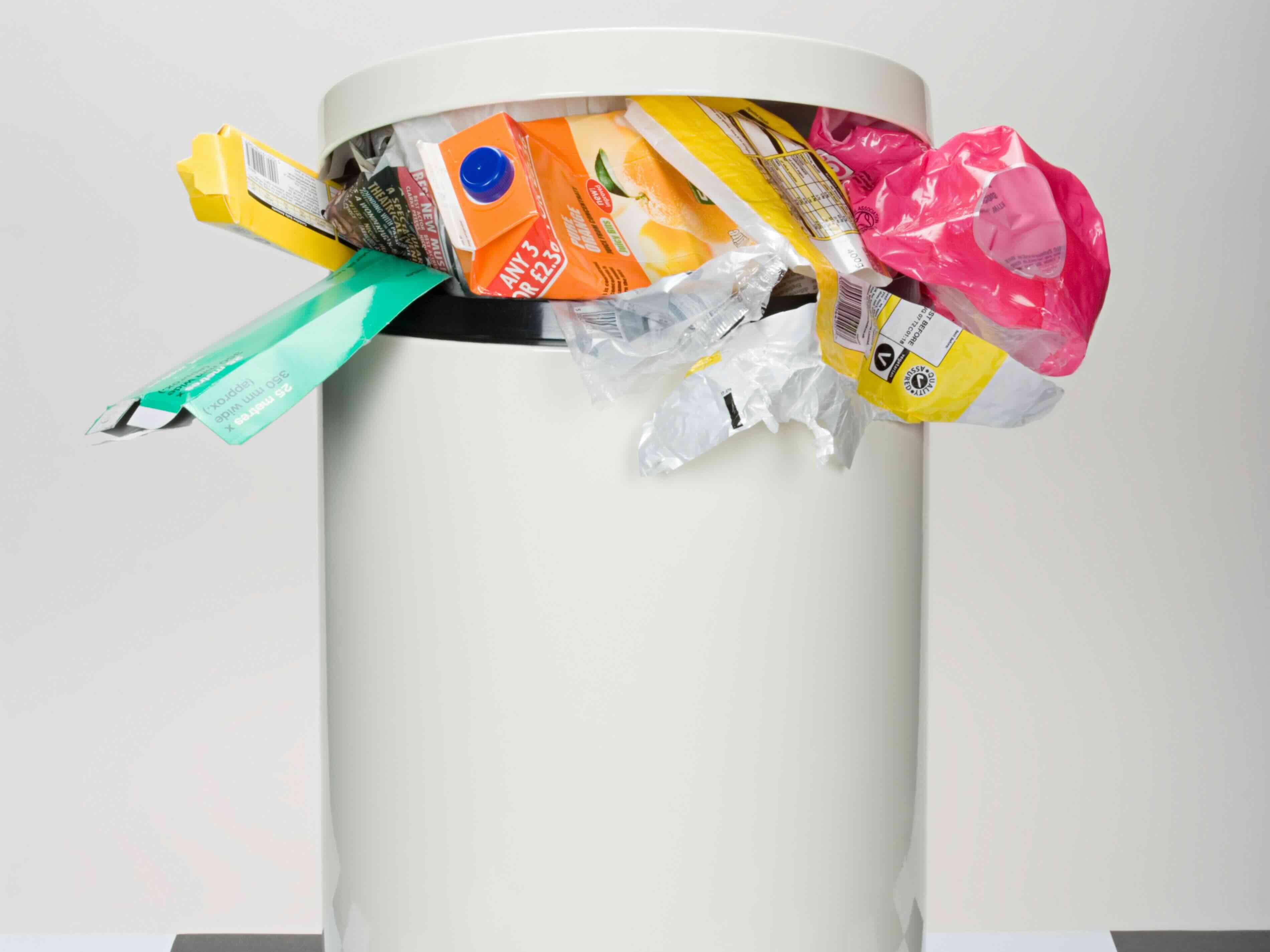
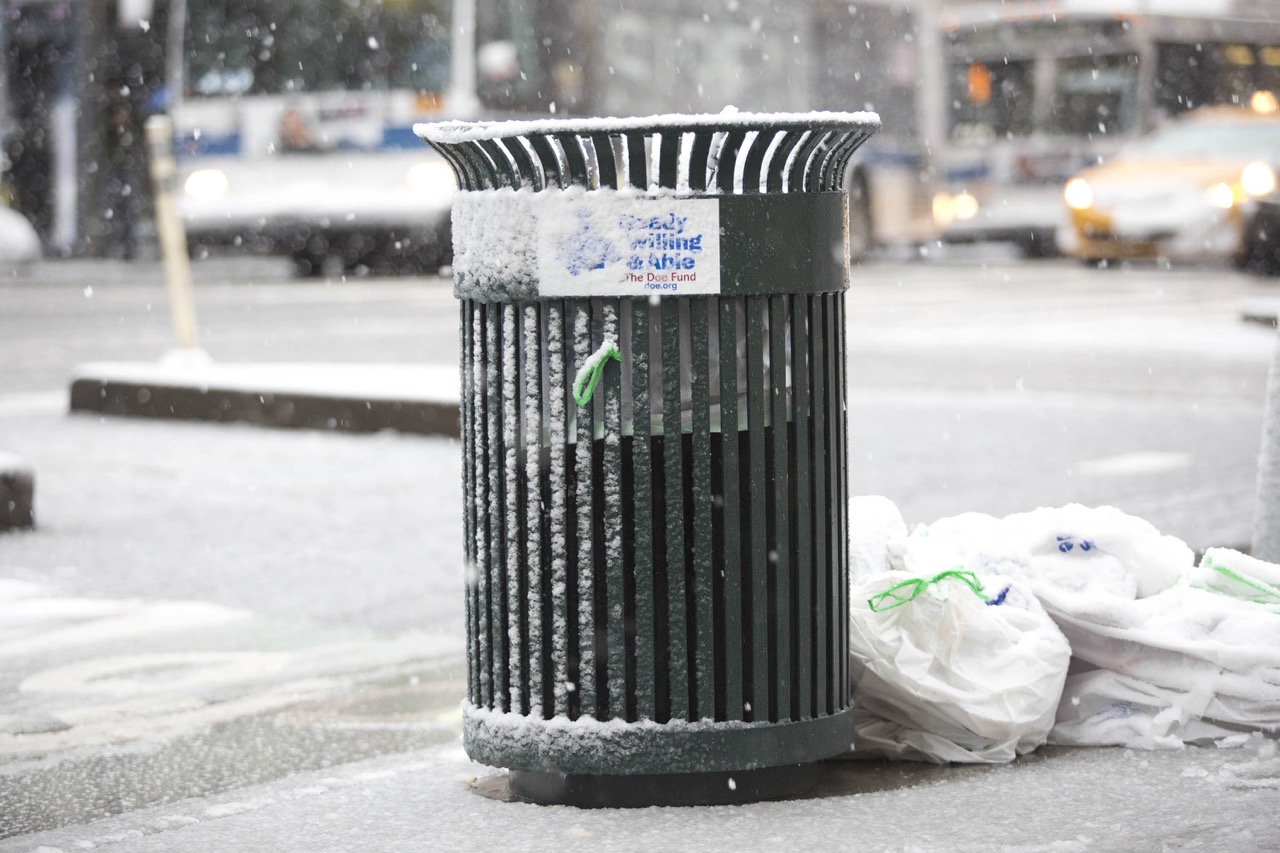



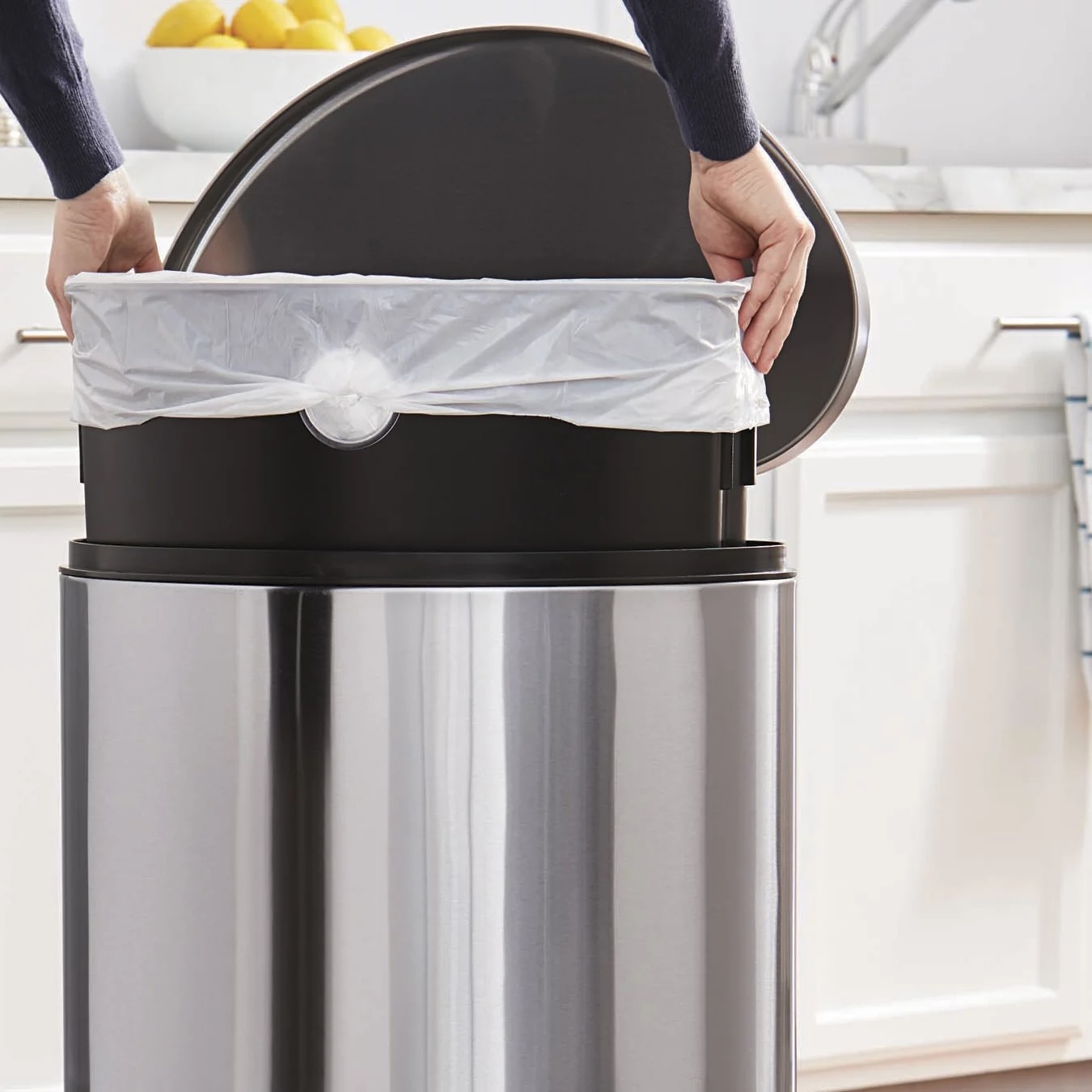

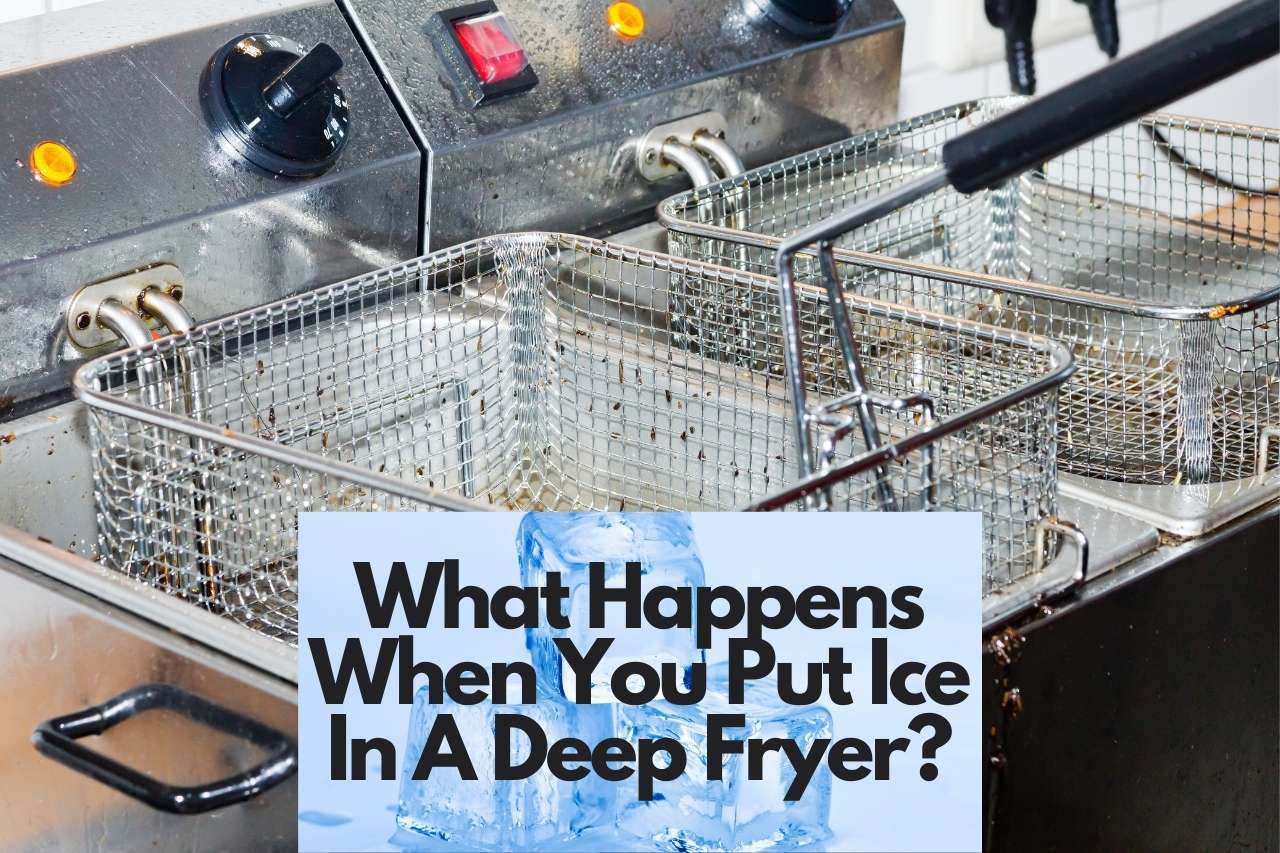
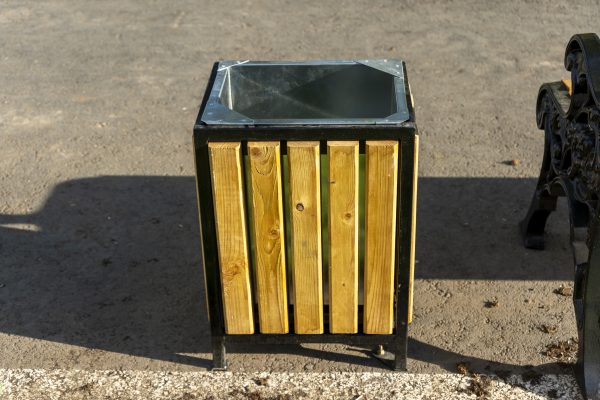
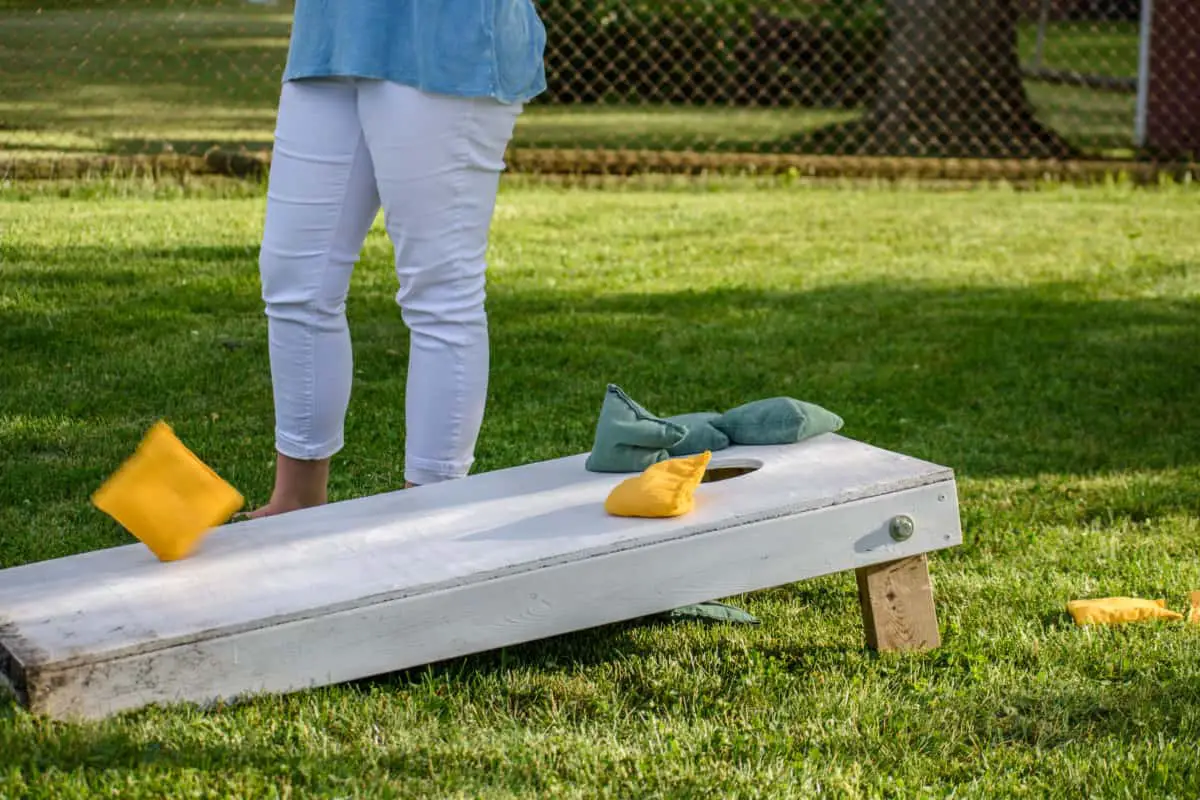


0 thoughts on “What Happens When You Bury A Trash Can”